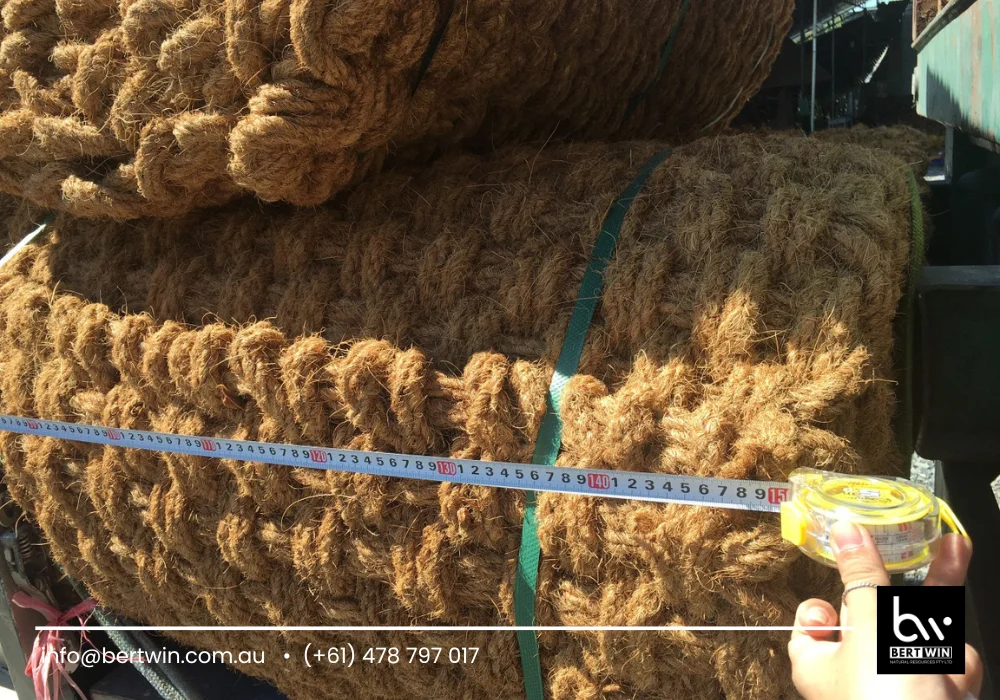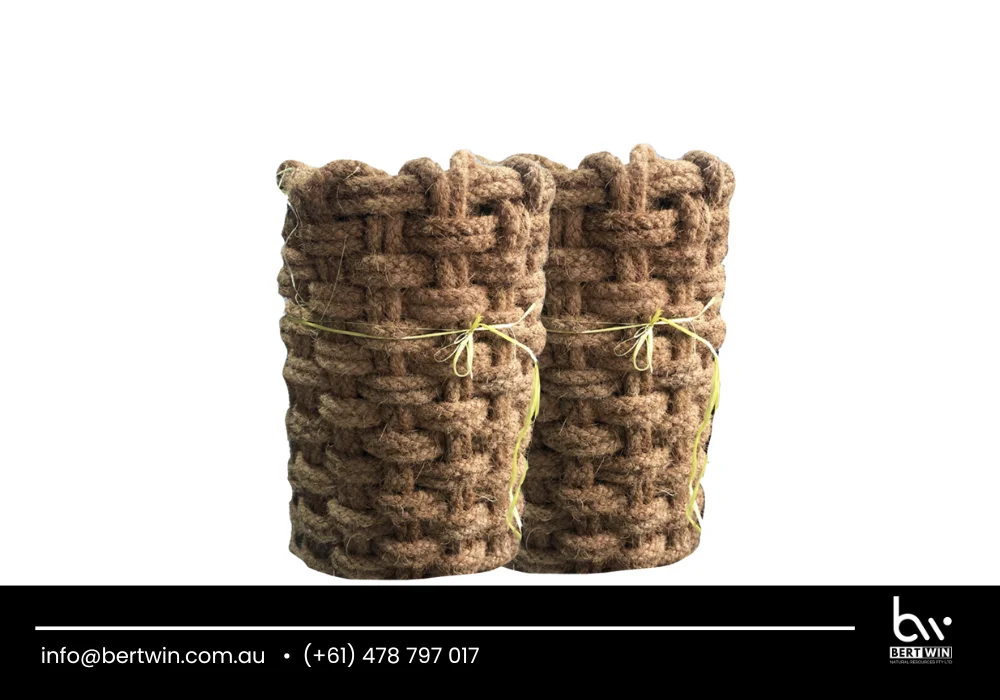An eco coconut mat is a sustainable, natural, and versatile product made from coconut husk fibers. These mats are becoming increasingly popular in homes, businesses, and landscaping projects due to their biodegradable nature and excellent functionality. Whether you need a doormat, erosion control mat, or garden liner, eco coconut mats offer a durable and eco-friendly alternative to synthetic materials.

What is an Eco Coconut Mat?
An eco coconut mat is crafted from coir—natural fibers extracted from the outer shell of coconuts. Coir is strong, rot-resistant, and biodegradable, making it ideal for products that require durability with minimal environmental impact. These mats are often used at entrances, on patios, in gardens, and for soil stabilization projects.
The texture of the coir fibers provides excellent grip and scraping ability, helping to remove dirt and moisture from shoes or to support plant growth when used in landscaping. Many eco coconut mats are backed with rubber or PVC for added stability, though fully biodegradable versions are available for those focused on zero-waste living.
Key Benefits of Eco Coconut Mats
1. Environmentally Sustainable
The biggest advantage of an eco coconut mat is its sustainability. Coir is a by-product of the coconut industry, meaning its production helps reduce agricultural waste. The fibers are harvested, processed, and woven without the need for harsh chemicals. Once discarded, the mat naturally decomposes, returning nutrients to the soil.
2. Durable and Long-Lasting
Despite being made from natural materials, coir mats are remarkably strong. They can withstand heavy foot traffic, intense sunlight, and moisture, especially when used in semi-covered or indoor spaces. Their coarse texture also makes them highly effective at trapping dust and debris, helping to maintain clean indoor environments.
3. Versatile Uses
An eco coconut mat serves a variety of purposes beyond just door protection. In landscaping, it is used to stabilize slopes and prevent soil erosion. Gardeners use it as a mulch layer to retain soil moisture and control weeds. It also plays a role in green construction projects, such as lining rooftops and vertical gardens.
Some households use these mats in bathrooms, kitchens, or pet areas for their natural odor-resistant and moisture-wicking properties. Their rustic, earthy aesthetic also adds a natural charm to any setting.
How to Use and Maintain an Eco Coconut Mat
Using an eco coconut mat is simple. Place it at doorways, under plant pots, or in garden paths to benefit from its absorbent and non-slip properties. In landscaping, it can be rolled out over bare soil or slopes, then pegged down for stabilization. Seeds can be sown directly into the mat for green coverage.
To maintain the mat, shake it out regularly to remove dirt and debris. For mats exposed to heavy moisture, occasional sun drying helps preserve the fiber integrity. Avoid machine washing or soaking, as this can cause premature breakdown of the natural materials.
If you’re using a printed or dyed mat, limit direct exposure to harsh sunlight to prevent fading. Fully biodegradable mats should be replaced every couple of years, depending on usage and exposure to elements.
Ideal Locations and Applications
There are numerous ways to incorporate an eco coconut mat into both residential and commercial settings:
- Home Entrances: A natural way to keep dirt from entering your home
- Garden Beds and Greenhouses: Controls weed growth and retains soil moisture
- Construction Sites: Prevents soil erosion on bare slopes and embankments
- Pet Areas: Soft, absorbent surface that’s easy to clean
- Commercial Buildings: Sustainable matting solution for environmentally conscious businesses
- Balconies and Rooftops: Ideal for green roof installations or decorative flooring
In all these settings, eco coconut mats deliver both performance and sustainability, aligning with modern eco-friendly living standards.
Why Choose Eco Coconut Mats?

Choosing an eco coconut mat supports a more sustainable lifestyle. Unlike plastic or synthetic mats that contribute to landfill waste, coconut mats decompose naturally. They are crafted using low-energy processes and do not release harmful chemicals into the environment.
Additionally, coir production often supports rural economies in coconut-producing countries, offering employment and promoting traditional craftsmanship. This means each mat you purchase contributes not only to a cleaner planet but also to the livelihood of coconut farmers and artisans.
Eco coconut mats are a small but meaningful step toward reducing our carbon footprint. Their wide range of uses and aesthetic versatility make them a smart addition to any environmentally conscious space.
Conclusion
An eco coconut mat is more than just a functional household item — it’s a reflection of your commitment to sustainable living. Whether you use it for soil protection, as a doormat, or in your garden, its durability, natural appeal, and eco-friendliness make it a smart, responsible choice. Embrace this simple yet powerful product to help create a greener, cleaner future.
For further information, you may contact WhatsApp at (+61) 478797017 or via email at info@bertwin.com.au.
